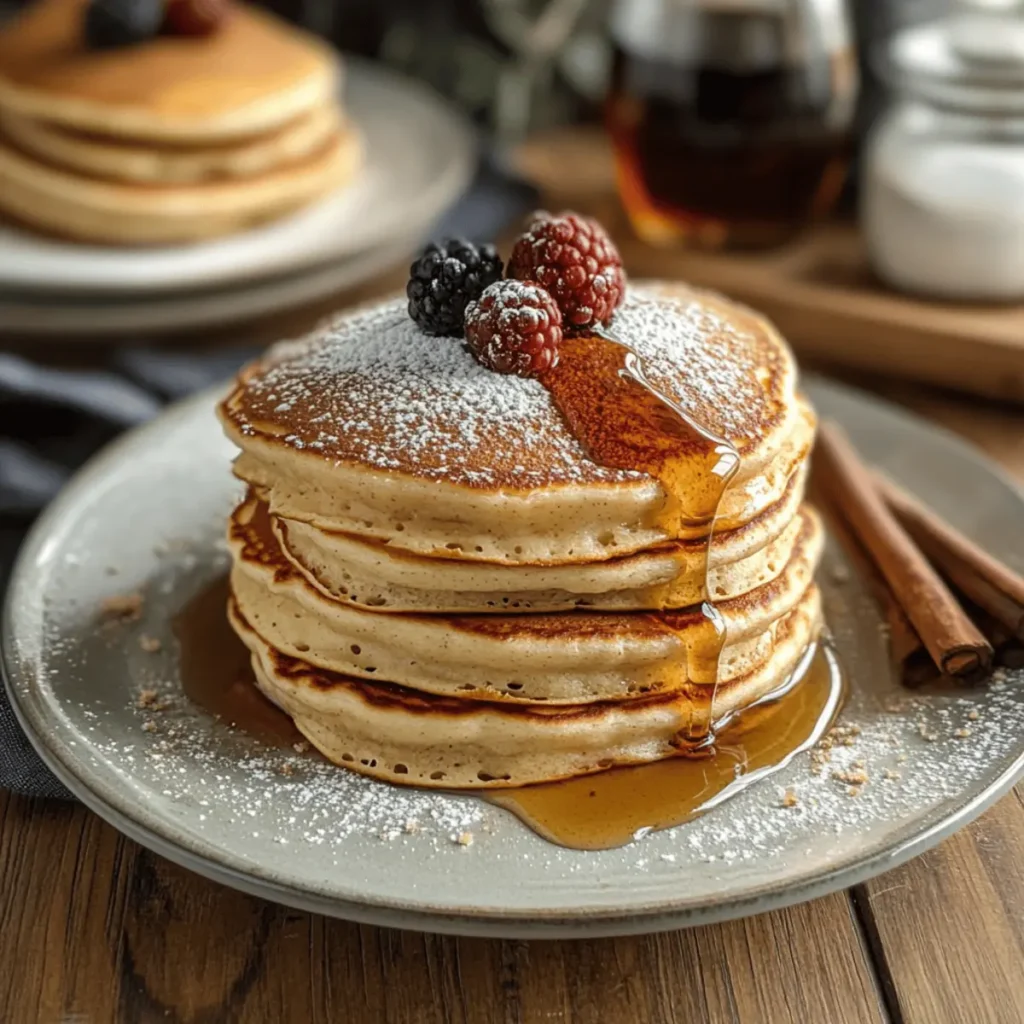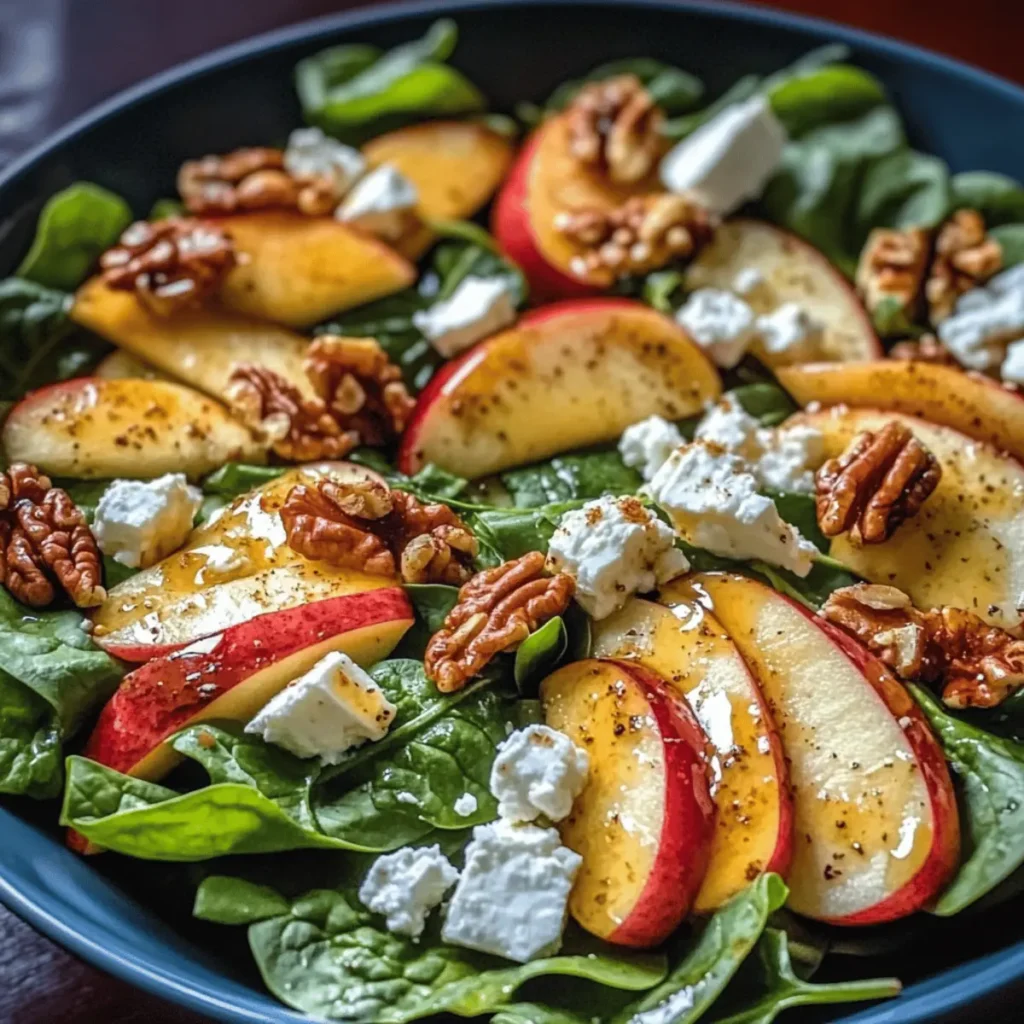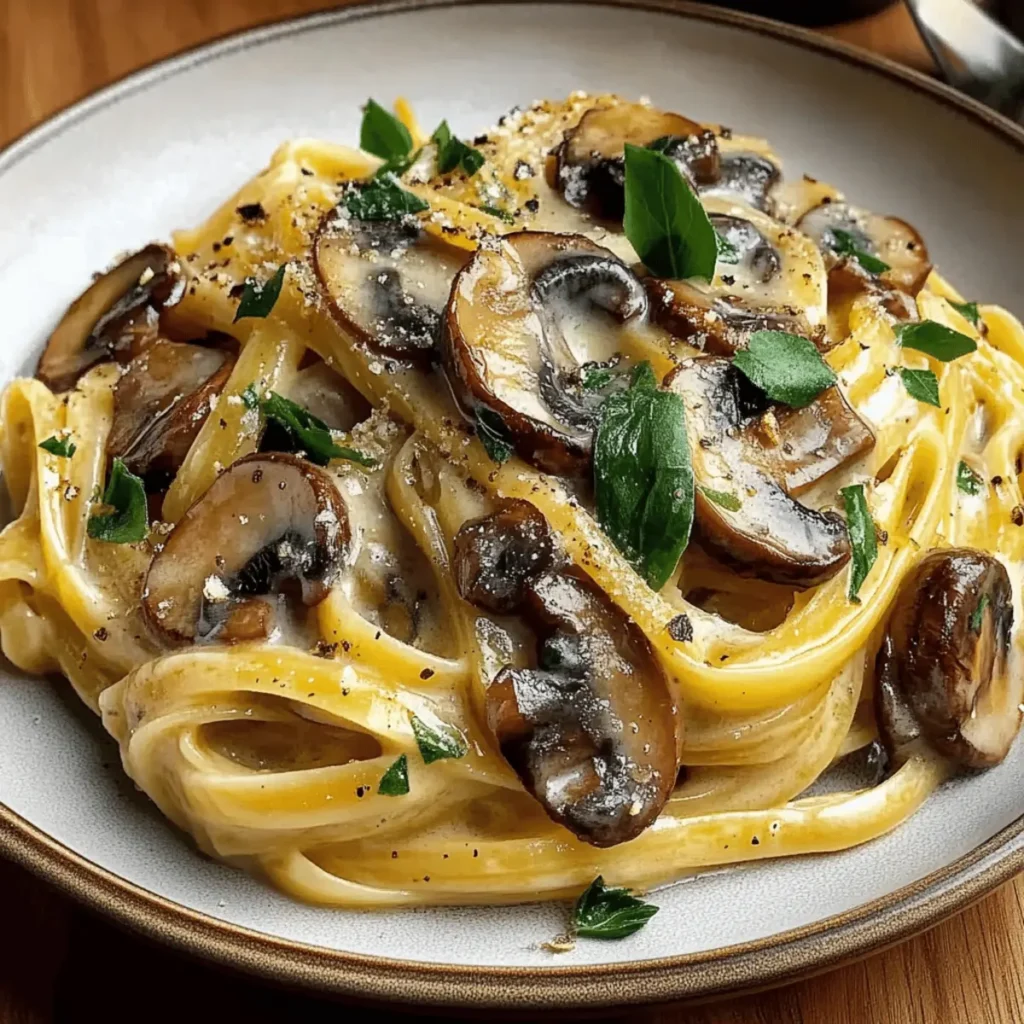Salted Caramel Kentucky Butter Cake, a cornerstone in the dessert world, is renowned for its rich flavors and moist texture. The infusion of salted caramel elevates this traditional dessert, blending a classic with a modern twist. In this section, we delve into the origins of this exquisite cake and the irresistible charm of Salted Caramel Kentucky Butter Cake.
Essential Ingredients for the Perfect Salted Caramel Kentucky Butter Cake
Creating the perfect cake starts with having the right ingredients. Each component plays a crucial role in ensuring the texture, flavor, and overall success of your cake. Here’s a list of essential ingredients you’ll need:
- Flour: The foundation of your cake, providing structure. All-purpose flour is commonly used, but cake flour can be used for a lighter texture.
- Sugar: Sweetens the cake. Granulated sugar is standard, but brown sugar can add a richer flavor.
- Eggs: Eggs bind the ingredients together and help the cake to rise.
- Butter: Unsalted butter is preferred for its flavor and the tender texture it imparts.
- Baking Powder/Soda: These are leavening agents that cause the cake to rise.
- Salt: A pinch of salt enhances the overall flavor of the cake.
- Milk or Buttermilk: Adds moisture and can also affect the texture. Buttermilk makes the cake more tender.
- Vanilla Extract: A key flavoring agent; pure vanilla extract offers the best taste.
Remember, the quality of your ingredients can greatly affect the outcome of your cake, so choose them wisely!
Step-by-Step Baking Guide for Salted Caramel Kentucky Butter Cake
Baking a cake is both an art and a science. Follow this step-by-step guide to ensure a delightful and successful baking experience.
Preparation:
Start by preheating your oven to the recommended temperature. This is usually between 325°F to 375°F (163°C to 190°C). Then, grease and flour your cake pan or line it with parchment paper. For more on preparing your bakeware, see Bakeware Preparation Tips.
Mixing Dry Ingredients:
In a large bowl, sift together the flour, baking powder (or soda), and salt. Sifting helps to aerate the flour, resulting in a lighter cake. For a comprehensive guide on mixing techniques, visit Cake Mixing Methods.
Creaming Butter and Sugar:
In a separate bowl, cream the butter and sugar together until light and fluffy. This process incorporates air into the mixture, contributing to the cake’s texture.
Adding Eggs and Vanilla:
Beat in the eggs, one at a time, followed by the vanilla extract. Ensure each egg is fully incorporated before adding the next.
Combining Wet and Dry Ingredients:
Alternately add the dry ingredients and milk (or buttermilk) to the butter mixture, starting and ending with the dry ingredients. This method helps to maintain a consistent batter.
Pouring and Baking the Batter:
Pour the batter into the prepared cake pan, spreading it evenly. Tap the pan gently on the counter to release any air bubbles. Bake in the preheated oven for the time specified in your recipe, usually between 25 to 35 minutes. The cake is done when a toothpick inserted into the center comes out clean or with a few moist crumbs.
Cooling the Cake:
Once baked, remove the cake from the oven and let it cool in the pan for about 10-15 minutes. Then, transfer it to a wire rack to cool completely. This prevents the cake from becoming soggy.
Frosting and Decorating:
Once your cake is completely cool, it’s ready to be frosted and decorated as desired.
Remember, patience and attention to detail are key in baking. Each step, from mixing to cooling, plays a significant role in the final outcome of your cake. Happy baking!
For an exploration of Kentucky’s culinary heritage, including its famous butter cakes, visit History of Kentucky Cuisines.
Tips and Tricks for Flawless Baking
Baking is both a science and an art, requiring precision and a bit of creativity. Here are some essential tips and tricks to help you achieve flawless results in your baking endeavors:
Read the Recipe Thoroughly:
- Before you start, read through the entire recipe. Understand each step and ensure you have all the ingredients and equipment needed.
Precise Measurements:
- Baking is exact. Use measuring cups and spoons for accuracy. For even better precision, consider using a kitchen scale to measure ingredients by weight.
Room Temperature Ingredients:
- Many recipes require ingredients like butter, eggs, and milk to be at room temperature. This ensures they mix together more evenly, resulting in a smoother batter and more consistent bake.
Preheat the Oven:
- Always preheat your oven to the correct temperature before baking. An oven thermometer can help ensure accuracy, as some ovens may run hotter or cooler than the set temperature.
Don’t Overmix:
- Overmixing the batter can lead to tough, dense cakes. Mix just until the ingredients are combined.
Use Quality Ingredients:
- High-quality ingredients can make a significant difference in the taste and texture of your baked goods.
Baking Pans:
- Prepare your pans as directed, using butter and flour or parchment paper. Consider the material and color of your pans, as these can affect how your cakes bake.
Check for Doneness:
- Use a toothpick or cake tester to check if your cake is done. Insert it into the center of the cake; it should come out clean or with a few moist crumbs attached.
Cooling:
- Allow cakes and cookies to cool in their pans for a few minutes before transferring them to a wire rack to cool completely. This prevents them from breaking apart.
Patience is Key:
- Rushing the process can lead to mistakes. Take your time, especially when waiting for things to cool before frosting or assembling.
Learn from Mistakes:
- Each baking experience, whether successful or not, is a learning opportunity. Take notes of what works and what doesn’t for future reference.
Experiment with Flavors:
- Once you’re comfortable with basic recipes, start experimenting with different flavors and ingredients.
Keep the Oven Door Closed:
- Resist the urge to open the oven door too often, as this can cause the temperature to fluctuate and affect the bake.
By following these tips, you’ll be on your way to baking delicious, beautifully-textured cakes, cookies, and other treats. Happy baking!
The History of Salted Caramel Kentucky Butter Cake
This section covers the historical journey of the Kentucky Butter Cake, tracing its roots and evolution over time.
Caloric Content and Nutritional Breakdown for Salted Caramel Kentucky Butter Cake
When enjoying baked goods like cakes, it’s helpful to have an understanding of their caloric content and nutritional breakdown. This information is especially useful for those monitoring their dietary intake or following specific nutritional guidelines. Let’s take a closer look at a typical cake’s nutritional profile:
Calories:
The caloric content of a cake largely depends on the ingredients and portion sizes. A standard slice of homemade cake can range from 200 to 500 calories, depending on the richness of the recipe.
Macronutrients:
- Carbohydrates: Cakes are high in carbs due to ingredients like flour and sugar. A typical slice may contain 30-60 grams of carbohydrates.
- Proteins: The protein content in cakes is relatively low, coming primarily from eggs and milk. A slice might have 2-6 grams of protein.
- Fats: The fat content can vary significantly based on the recipe. Butter, eggs, and milk contribute to the fat content, which can range from 10 to 30 grams per slice, with a proportion of saturated fats from butter.
Micronutrients:
- Cakes generally are not significant sources of vitamins and minerals. However, they may contain small amounts of calcium and iron, primarily from the flour and eggs.
Sugar Content:
A major component of cakes is sugar, contributing significantly to the total calorie count. A slice can contain anywhere from 20 to 40 grams of sugar.
Fiber:
- Homemade cakes typically have low fiber content, as they are usually made with refined flour. If whole grain flour is used, the fiber content can be slightly higher.
Sodium:
- There can be a notable amount of sodium in cakes, especially if baking soda, baking powder, and salt are used. It’s important to consider this for those monitoring their sodium intake.
It’s important to note that these values are approximate and can vary widely based on the specific recipe and portion sizes. For a more accurate nutritional assessment, it would be beneficial to calculate the nutritional content based on the specific ingredients and quantities used in your particular recipe.
Enjoying cake as part of a balanced diet is key. Moderation is important, especially for those with specific dietary goals or restrictions.
For healthier dessert options, visit Dietary Adaptations for Desserts.
Final Thoughts and Encouragement to Try Baking
As we wrap up our exploration of the delightful world of baking, it’s important to reflect on the joys and benefits that this creative endeavor brings. Baking is not just about following a recipe and creating something delicious; it’s a journey of discovery, creativity, and personal satisfaction.
Discover the Joy of Creation
Baking allows you to bring ingredients to life. The transformation of simple components like flour, sugar, and butter into a beautiful and delicious cake is nothing short of magical. Each step, from measuring to mixing and finally watching it rise in the oven, offers a unique sense of accomplishment.
A Creative Outlet
Baking offers endless possibilities for creativity. Once you’re comfortable with the basics, you can start experimenting with different flavors, ingredients, and decorating techniques. Each bake can be a reflection of your personality and style.
Therapeutic Benefits
Many find baking to be a relaxing and therapeutic activity. The process requires focus and precision, which can help take your mind off daily stresses. The rhythmic nature of stirring, kneading, and decorating can be meditative and soothing.
Sharing Happiness
Baked goods are synonymous with comfort and joy. Sharing your creations with family and friends can be a deeply rewarding experience. Whether it’s a simple batch of cookies or an elaborate birthday cake, your efforts are a way of showing love and care.
Learning and Growing
Every baking session is a learning opportunity. Embrace both successes and failures as part of the journey. Mistakes are just steps in the process of becoming a better baker.
Encouragement to Start
If you’ve never baked before, or if you’re looking to improve your skills, there’s no better time to start than now. Begin with simple recipes and gradually challenge yourself with more complex ones. Remember, patience and practice are key.
In conclusion, baking is more than just creating something to eat; it’s an enriching experience that can bring joy, satisfaction, and a sense of accomplishment. So, gather your ingredients, preheat your oven, and embark on the delightful adventure that is baking. Who knows what wonderful creations await you in your kitchen!
Elevate your desserts with this Perfect Strawberry Cream Cheese Frosting recipe, ideal for cakes, cupcakes, and more.
FAQs for Salted Caramel Kentucky Butter Cake
What is Kentucky Butter Cake Made Of?
Kentucky Butter Cake is a deliciously rich and moist dessert known for its buttery flavor and dense texture. The key ingredients that make up this classic cake include:
- Flour: Typically, all-purpose flour is used to provide the basic structure of the cake.
- Sugar: Granulated sugar adds sweetness and also contributes to the cake’s texture.
- Butter: As the star ingredient, butter imparts a rich, creamy flavor. It’s usually used in both the cake batter and the butter sauce that is poured over the cake.
- Eggs: Eggs help bind the ingredients together and contribute to the cake’s richness.
- Buttermilk: This adds moisture to the cake and gives it a slight tang, enhancing the overall flavor profile.
- Leavening Agents: Baking powder and/or baking soda are used to help the cake rise and become fluffy.
- Vanilla Extract: This adds a subtle aroma and flavor, complementing the buttery taste.
- Salt: A pinch of salt balances the sweetness and brings out the flavors of the other ingredients.
Additionally, a distinctive feature of the Kentucky Butter Cake is the butter sauce, usually made with butter, sugar, water, and sometimes vanilla or other flavorings, which is poured over the cake while it’s still warm, allowing the cake to absorb the sauce, adding to its moistness and rich flavor.
What Does Salted Butter Do in a Cake?
Salted butter plays a dual role in cake baking:
- Flavor Enhancement: The salt in the butter enhances the overall flavor of the cake. It balances the sweetness and brings out the depth and richness of the other ingredients, especially in sweet baked goods like cakes and cookies.
- Texture Contribution: Butter, in general, contributes to the texture of the cake. It helps in creating a tender and moist crumb. When creamed with sugar, it incorporates air into the batter, which helps the cake to rise and become fluffy.
Using salted butter specifically saves the step of adding extra salt to the recipe and ensures even distribution of salt throughout the cake. However, it’s important to adjust the additional salt in the recipe accordingly to avoid an overly salty taste.
For a wide range of delightful recipes and culinary tips, visit the YummyOlk recipes, your ultimate destination for all things delicious.






